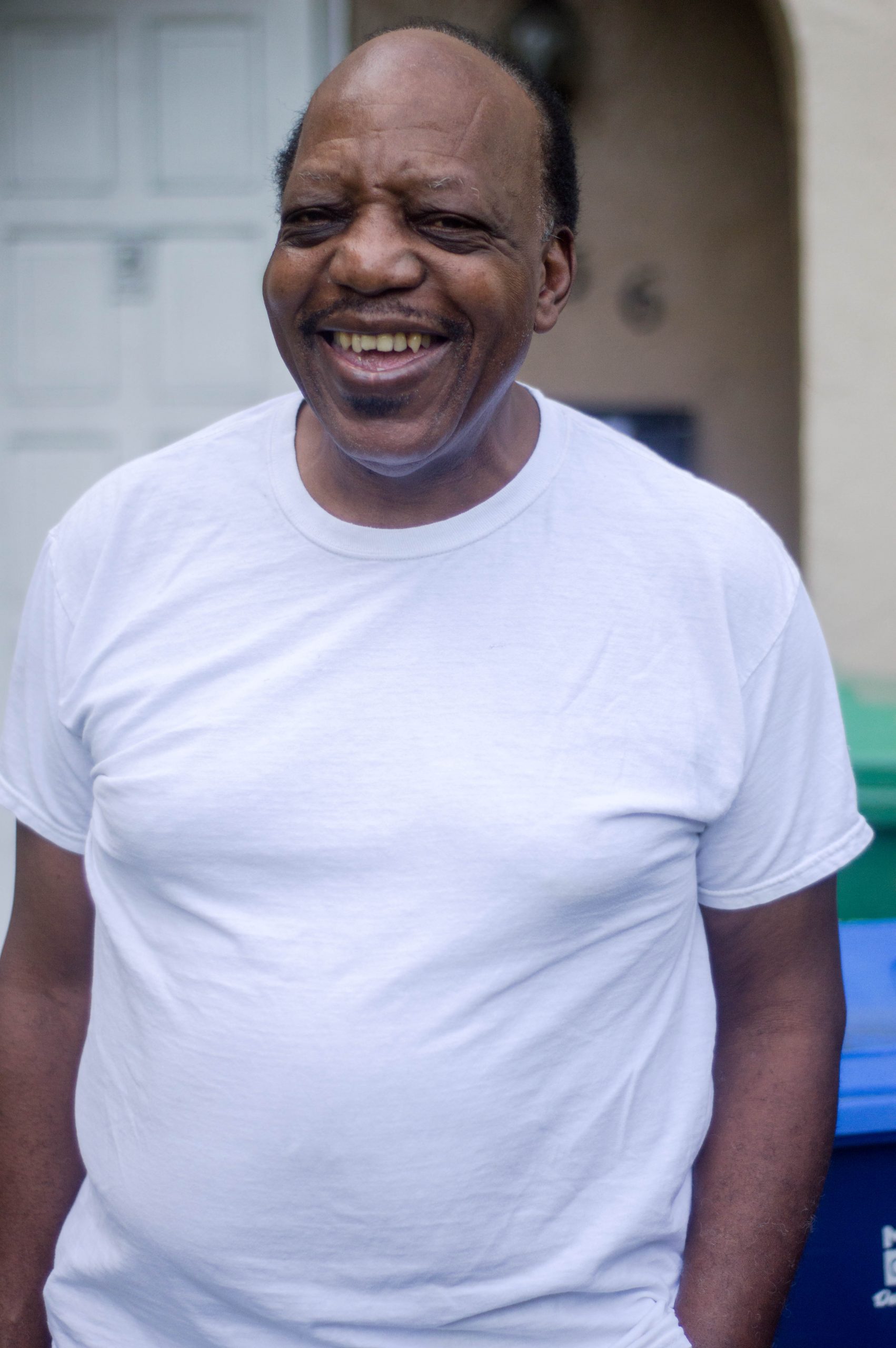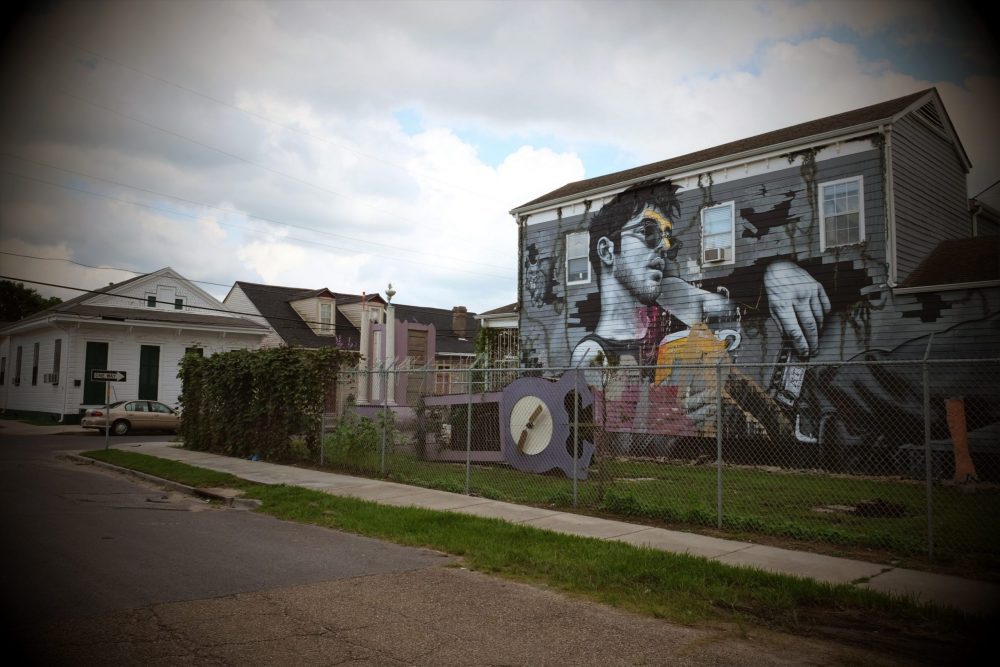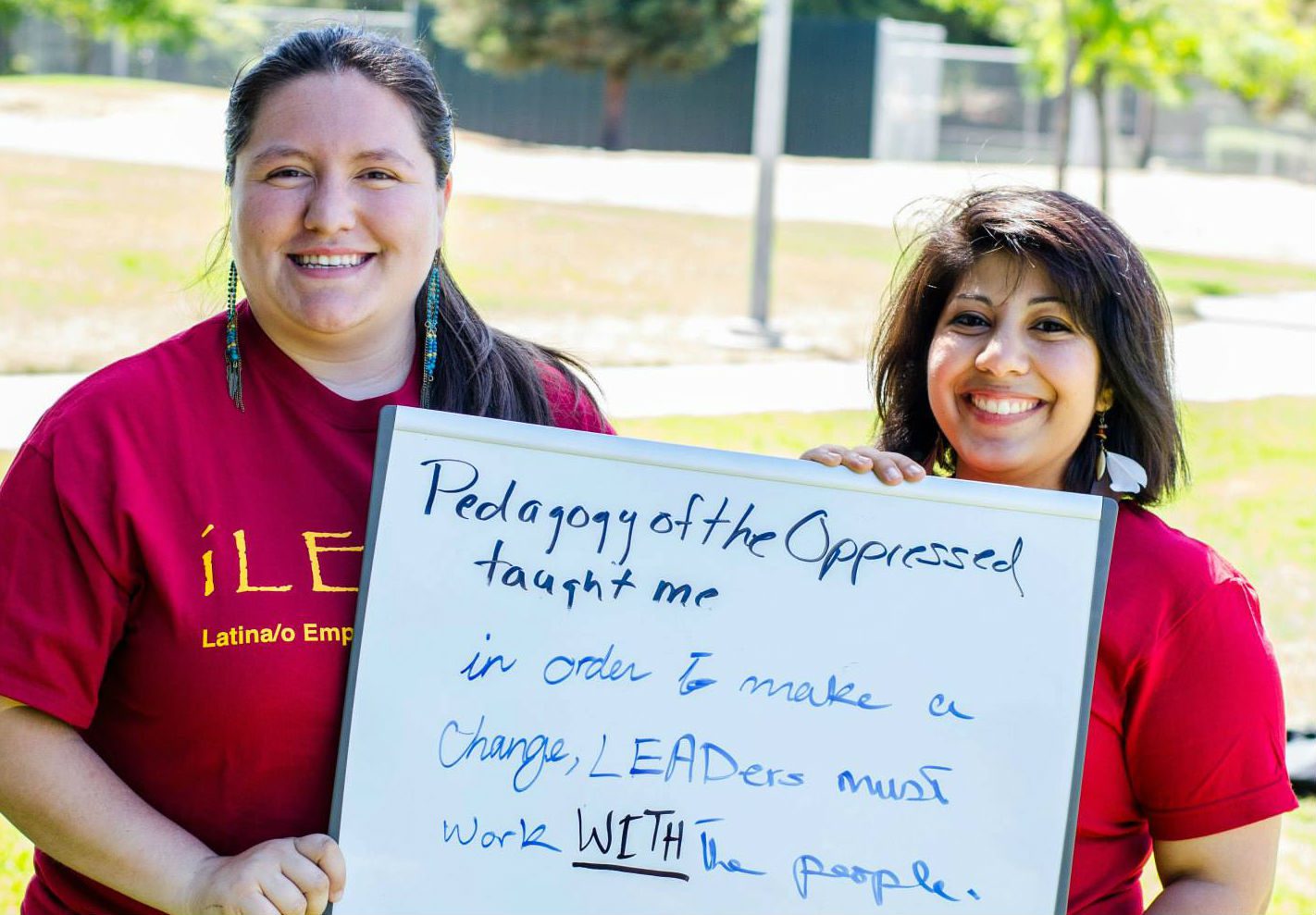
Image ©istockphoto
We like to believe that when it comes to our homes and where we want to live, we are making decisions based solely on the amenities any house and neighborhood have to offer: Are there good schools nearby? Is it safe from crime? Is it a sound investment? Ideally, the terms of the loan that helps us purchase that home should be fair and objective, with no undue influence on the decisions of value made by the lender, broker, or appraiser. Unfortunately—and often, unwittingly—this is not the case. The forces of structural disadvantage and implicit bias give shape to much of our housing and credit markets.
As shown by the recent report, Challenging Race as Risk, by the Kirwan Institute for the Study of Race and Ethnicity, American history is replete with laws and policies that explicitly distributed housing opportunity along racial lines, withholding it from people of color generally, but African Americans especially.
For example, practices of racial zoning, restrictive covenants, and redlining by banks were commonplace from the 1910s through the 1960s. Today, while many of these policies and practices have been outlawed, their influence is still felt. In fact, despite the emergence of civil rights protections in housing and credit, disparities in homeownership and access to credit remain.
Segregation has grown worse in many communities across the U.S. Over time, racialized laws, policies, and practices have imposed a racial bias on our collective values. Our minds are wired to automatically piece together information to make sense of the world around us. As part of this automatic process, people unconsciously internalize the patterns of inequity in our society in the form of implicit racial bias, which, according to the State of the Science: Implicit Bias Review 2013, is defined as “the attitudes or stereotypes that affect our understanding, actions, and decisions in an unconscious manner.”
State of the Science: Implicit Bias Review 2016 explains, “Our implicit biases are the result of mental associations that have formed by the direct and indirect messaging we receive, often about different groups of people. When we are constantly exposed to certain identity groups being paired with certain characteristics, we can begin to automatically and unconsciously associate the identity with the characteristics, whether or not that association aligns with reality.”
Over time, due to the structural discrimination that overrepresented Black families in impoverished communities, many Americans developed an association between blackness and poverty. Moreover, Black families were often falsely associated with other symptoms of systemic neighborhood disinvestment, such as criminality, in the news and other venues.
Repeated exposure to these associations translated to a pervasive implicit association of race with risk, or more precisely, blackness with risk, and whiteness with security and safety.
A Closer Look at Implicit Bias
Implicit biases are not merely a product of longstanding structures of housing inequity, but they continue to perpetuate those disparate outcomes along racial lines in housing and lending decisions and perceptions of neighborhoods.
Many think that because their decisions include concrete data in the form of a numeric credit score or zip code, they are somehow immune to implicit bias . . . This assumption is not only incorrect, but it damages institutions’ accountability.
This relationship remained significant even after controlling for more objective measures of neighborhood danger like the recorded crime rate. These biases not only influence the perception of neighborhoods, but they can also affect individual-level housing and lending decisions.Implicit bias explains why stark racial inequities persist, even in the absence of the overt or explicit discrimination that has dominated our history. For example, implicit racial bias can influence how safe a neighborhood is perceived to be. In a study conducted by Northwestern University professor Lincoln Quillian, and Devah Pager, now at Harvard University, the researchers analyzed participants’ perception of neighborhood danger in Chicago, Seattle, and Boston. They found that the number of young Black males in a neighborhood was positively related to higher perceptions of neighborhood danger.
For example, a 2011 study conducted by Andrew Hanson, now a professor at Marquette University, and Zachary Hawley of Texas Christian University, explored the presence of racial discrimination during the renting process. For their study, Hanson and Hawley contacted landlords across the country through a series of mock email messages inquiring about a rental unit. Some of the emails were signed with a Black-sounding name and some with white-sounding name. Additionally, the emails included language to indicate whether the applicant was of high or low economic status. For example, a high economic class email would have better grammar and spelling and include more formal greetings and closings than a lower economic class email. Moreover, high economic class emails offered additional information such as noting they had good references.
The emails were otherwise equivalent. Their findings showed that on average, landlords exhibited a bias toward white-sounding names; they responded to them 6.3 percent more frequently than to Black-sounding names. This bias was most pronounced if both applicants were of low economic class. In that case, landlords responded to equivalent emails from white-sounding names 17.5 percent more often.
In a similar, more recent study, Hanson and Hawley were joined by Hal Martin and Bo Liu of Georgia State University for an analysis of racial bias in email responses from mortgage loan originators. Again, the messages included either a Black-sounding or white-sounding name. Additionally, the messages included a low credit score, a high credit score, or no credit score. This study too revealed racial bias favoring white-sounding names. The researchers calculated that on average, inquiries with Black-sounding names would need to have a credit score that is 71 points higher just to receive the same response rate as identically situated whites. To illustrate, lenders responded to whites with a credit score of 700 at the same rate as they did to Blacks with a credit score of 771.
The researchers noted that the differences more likely resulted from implicit bias than from an explicit intent to discriminate. From the perspective of a person of color navigating the housing market, this research demonstrates how a broad range of implicit, invisible barriers can affect very real and critical decisions in the housing landscape. Imagine being subtly diverted toward less-promising homeownership opportunities, receiving fewer responses to rental inquiries, and shouldering the weight of racial stereotypes associated with your neighborhood—making it even harder for the cycle of discrimination and lack of opportunity to be stopped.
If implicit bias goes unnamed and unaddressed, this invisible barrier will continue to isolate individuals and communities. All the while, many of our housing and credit institutions continue to operate under a guise of objectivity, and many think that because their decisions include concrete data in the form of a numeric credit score or zip code, they are somehow immune to implicit bias. We see this in the use of terms such as “risk profiles” and “creditworthiness,” which lend an objective patina to a decision-making process in which applicants are faulted for subpar credit scores or living in a bad neighborhood.This assumption is not only incorrect, but it damages institutions’ accountability.
Implicit bias and the legacy of historical practices influence the use of these metrics in a pattern that systematically advantages whites and disadvantages people of color, especially Blacks. While it is easy to focus on how these forces interact to disrupt opportunity on an individual or community level, it is also necessary to address their cumulative cost to society. The interaction between the history of racially discriminatory policies and the implicit and explicit stereotypes associated with Black people and with Black neighborhoods have maintained our country’s segregated housing patterns over time. Moreover, this maintenance relies on the collective decision-making of multiple actors—homebuyers, government institutions, lenders, appraisers, and real estate agents—each implicitly maintain the status quo.
The cumulative operation of both implicit and structural forces imposes lasting barriers to the formation of housing opportunities and neighborhoods that are both racially inclusive and thriving, which ultimately leaves white homebuyers without opportunities to challenge their biases. It also limits regional economic growth and perpetuates a growing racial wealth gap. For instance, analysis of data from the Federal Reserve’s Survey of Consumer Finances finds that median white household wealth was 13 times the median wealth of Black households in 2013 (compared to 8 times in 2010). Compared to Hispanic households, white households held 10 times the wealth in 2013 (versus 9 times in 2010).
Changing the Status Quo
To combat the self-fulfilling nature of segregated housing patterns and disparate access to financing opportunities, we have proposed several recommendations for individual, organizational, and system-level changes. Because implicit biases are more likely to operate when our cognitive capacities are limited, organizations should develop concrete policies and practices to reduce decision fatigue, ambiguity, and subjectivity during critical decisions.
We should re-examine and revise industry standards for appraisals, recognizing that today’s standards inherited a subjective standard of a “desirable urban structure” that was constructed in the early 1900s, when racial zoning was the norm. We should consider how implicit biases affect current industry standards of credit scoring (which disadvantage borrowers of color) and put more government support behind alternative credit-scoring mechanisms to more accurately determine risk.
For example, studies conducted by Experian have found that the inclusion of utility payments in a credit-scoring model could cut the number of borrowers considered subprime in half. Finally, we need more testing for implicit discrimination related to housing and lending decisions.
To date, most research testing for discrimination has been based on explicit discrimination or observable criteria. Fair housing audits document differential treatment; in the lending field, researchers can test for disparate impact utilizing Home Mortgage Disclosure Act data. But more research is needed to understand the processes occurring beneath the surface—those that are unobservable and cannot be derived from simple statistics. Researchers Marianne Bertrand, Dolly Chugh, and Sendhil Mullainathan specifically call for more work examining economic behavior and the Implicit Association Test (IAT), which measures attitudes and beliefs that people may be unwilling or unable to report.
For example, the relationship between a real estate agent and potential client, in which the agent is tasked to forecast a client’s idiosyncratic tastes, is a situation ripe for triggering implicit biases. They suggest contacting real estate agents after a fair housing audit takes place and conducting an IAT. They also suggest conducting “situational experiments” in which situational factors known to trigger implicit biases are varied. One could vary the level of ambiguity with a more-specific and less-specific description of a client’s desired home, and conduct IATs in each situation.
To change individual hearts and minds is a greater challenge, and one that would be difficult to track in real time. However, if we can make inroads to how organizations and systems operate by dismantling practices and policies that continue to separate people based on race, we can change how people experience their world so that there are more interactions across different shared spaces.
Research shows that the best way to remedy the effect of our implicit bias is to immerse ourselves in opportunities to make positive connections with a diverse group of people and experience situations that may put us outside our comfort zone. In this way, we can all begin to chip away at our personal ingrained implicit biases. Ultimately, both institutional and individual solutions can help us provide more accountability to ensure that as a society we are not repeating the errors of our past.
In light of the knowledge that our good intentions have yet to create more equitable outcomes, it is easy to feel overwhelmed or helpless in the face of such a complex problem. However, more than ever, we need good, well-intentioned people to respond to this call and hold themselves and others accountable. In the same way that forces of inequity have a cumulative effect, so do efforts to promote inclusion build momentum toward equity in the housing landscape.






This article, like many on similar subjects, confuses types of discrimination and bias. Structural racism, intentional discrimination, disparate impact discrimination, stereotyping, are not implicit bias. Implicit bias is not “hearts and minds.” It is a neurological phenomenon. Before dealing with the very difficult subject of implicit bias, about which very very few people are experts, and almost no one knows how to “fix,” other forms of discrimination should be dealt with first.